Control Algae Growth In Lawns: Tips For Controlling Algae In Grass
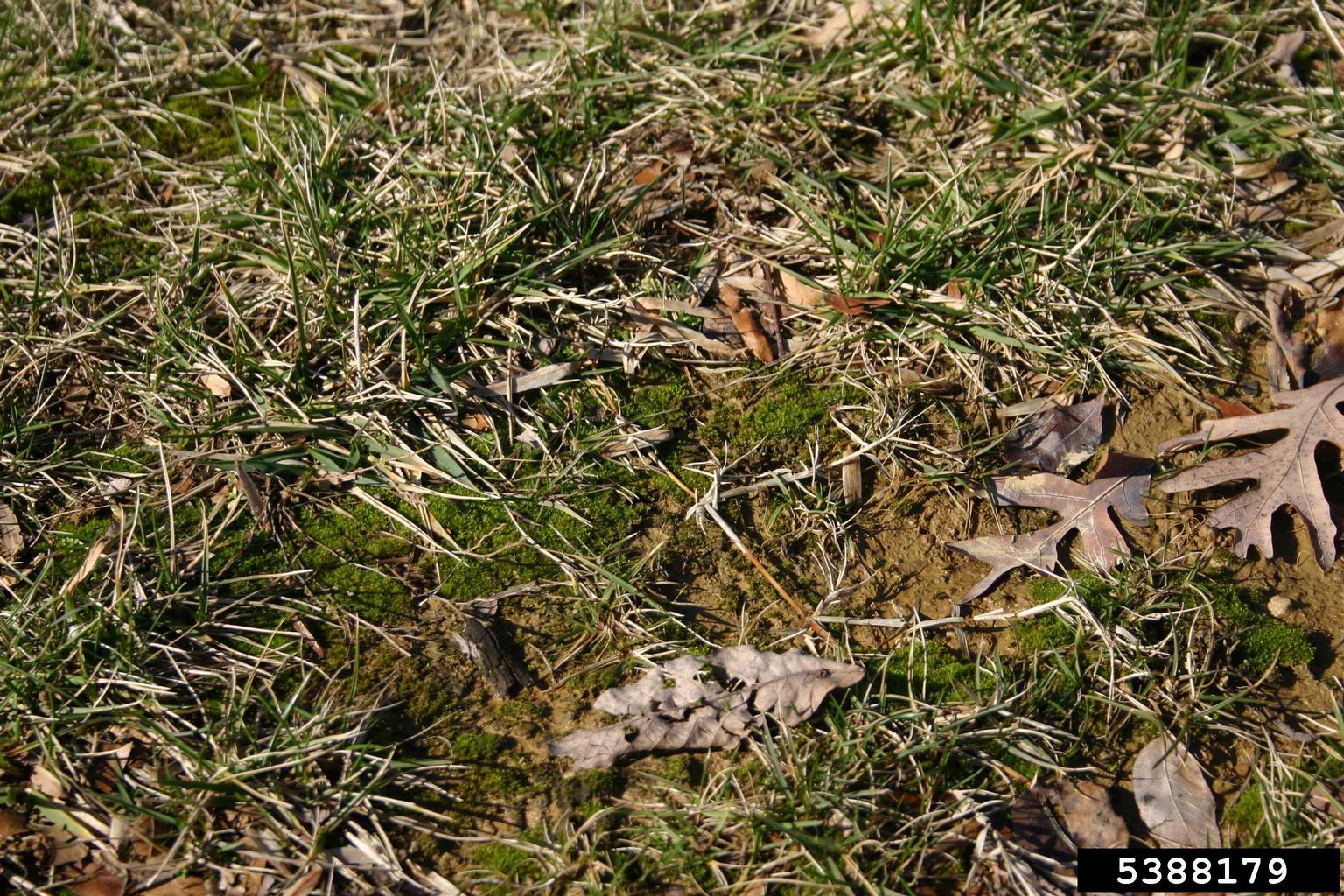
Learning how to get rid of lawn algae in lawns may seem like a daunting task, but it really doesn't have to be. Once you know more about what is lawn algae, this unsightly, green to black growth in your lawn can be easily taken care of. Keep reading for tips on controlling algae in grass.
What is Lawn Algae?
Various types of algae and moss are often found in areas of turf that is not healthy enough to support good turf growth. Algae are small, filamentous plants that create a scum over a moist soil surface. Algae thrive in areas where there is wet soil and full sunlight. Algae may also be present if the soil is densely compacted, when there are open spots in the turf or very high fertility present. Algae forms a black crust when dry, which can often smother turf. Algae can also clog turf pores and cuts the water supply off to the areas of lawn where it is growing. While controlling algae in the grass is not difficult, diagnosis is the first step.
How to Get Rid of Algae in Lawns
Chemicals are often not necessary to control algae growth. The first step to lawn algae control is to identify the problem areas. Often poor drainage, improperly positioned downspouts on the home, or low areas in the lawn create a favorable environment for algae growth. Redirect downspouts and address other problems with drainage so that water does not sit in certain areas of your lawn. It is also necessary to break apart the algae mat so that the grass can benefit from water. Take a soil test from healthy areas in the lawn and those that are affected with algae. The soil sample will reveal if you need to apply fertilizer or lime to your lawn. It may also be necessary to loosen up compacted areas in the lawn. For serious cases of algae, make a mixture of 5 ounces (148 mL.) of copper sulfate and 3 gallons (11.5 L.) of water per 1000 square feet (93 sq. m.) of turf.
Gardening tips, videos, info and more delivered right to your inbox!
Sign up for the Gardening Know How newsletter today and receive a free copy of our e-book "How to Grow Delicious Tomatoes".
-
 Looking For Plants To Give You The Soft And Fuzzies? Try These 5 Fuzzy Leaf Plant Options
Looking For Plants To Give You The Soft And Fuzzies? Try These 5 Fuzzy Leaf Plant OptionsLovers of texture, drama, silver foliage and tactile plants will adore these special sensory garden additions. These fuzzy leaf plant options will leave you all aglow
By Susan Albert
-
 Get Ready For A Summer Of Hummers! Grow These Full Sun Hummingbird Plants and Flowers
Get Ready For A Summer Of Hummers! Grow These Full Sun Hummingbird Plants and FlowersIf you’re lucky enough to enjoy a sunny backyard, make sure you are maxing out on your pollinator opportunities and grow these full sun hummingbird plants and flowers
By Tonya Barnett
-
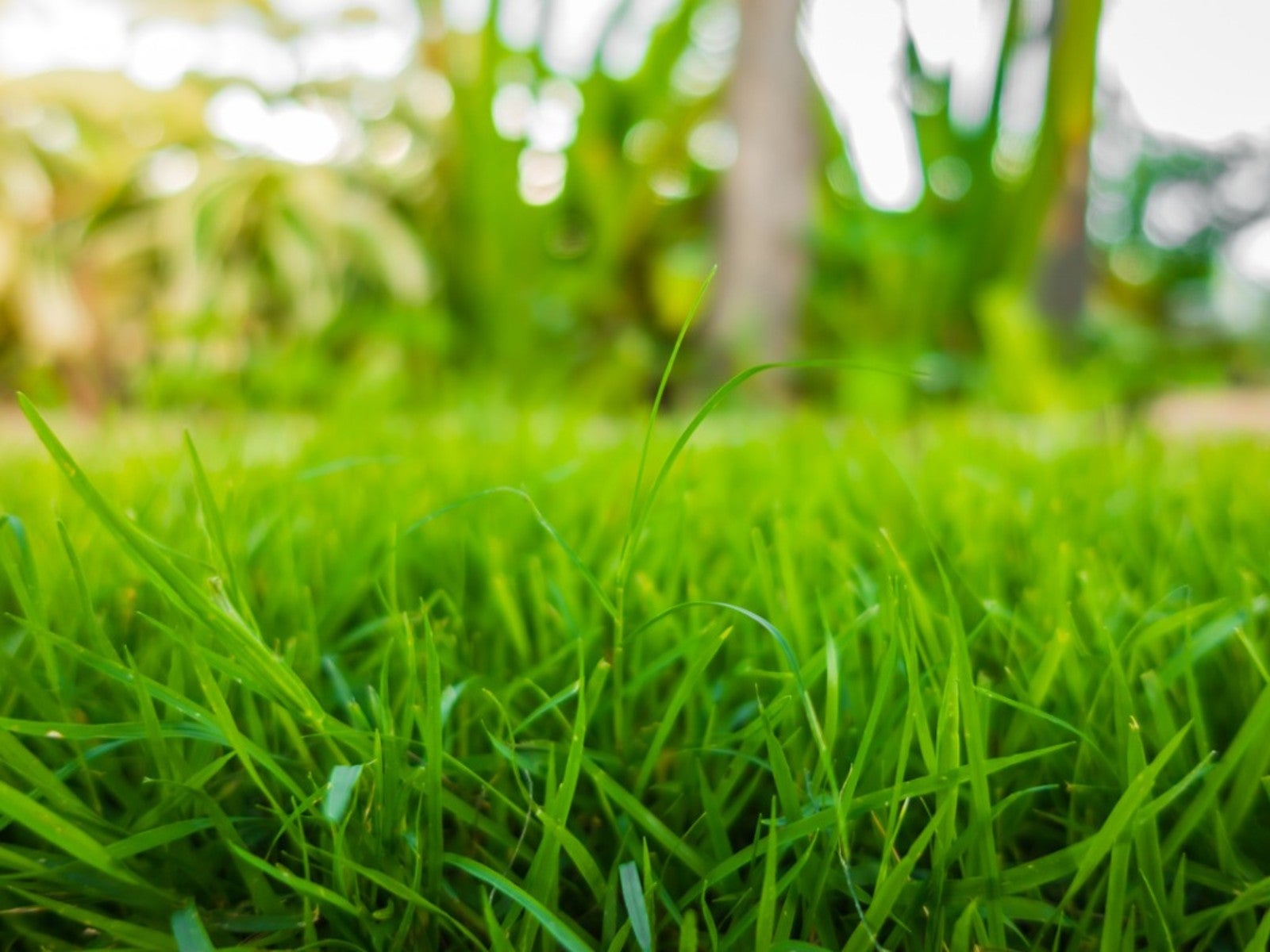 Sustainable Turf Species For A Greener Lawn
Sustainable Turf Species For A Greener LawnClick here for some of the most sustainable types of turf grass you can grow for an eco-friendly lawn.
By Bonnie L. Grant
-
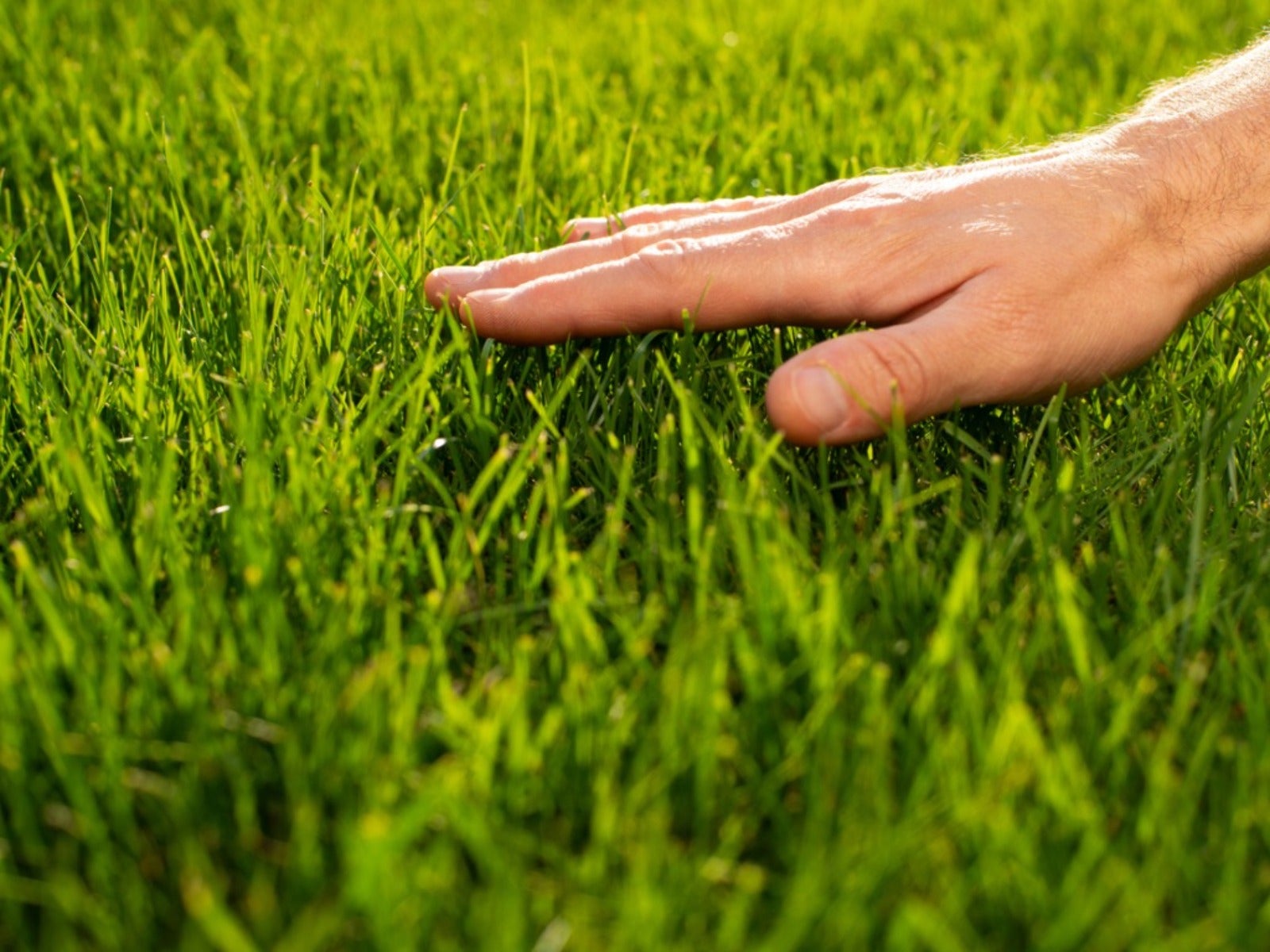 How To Grow A Sustainable Lawn
How To Grow A Sustainable LawnAdjust your thinking about a perfect green lawn and consider more sustainable methods. Click here to learn how.
By Mary Ellen Ellis
-
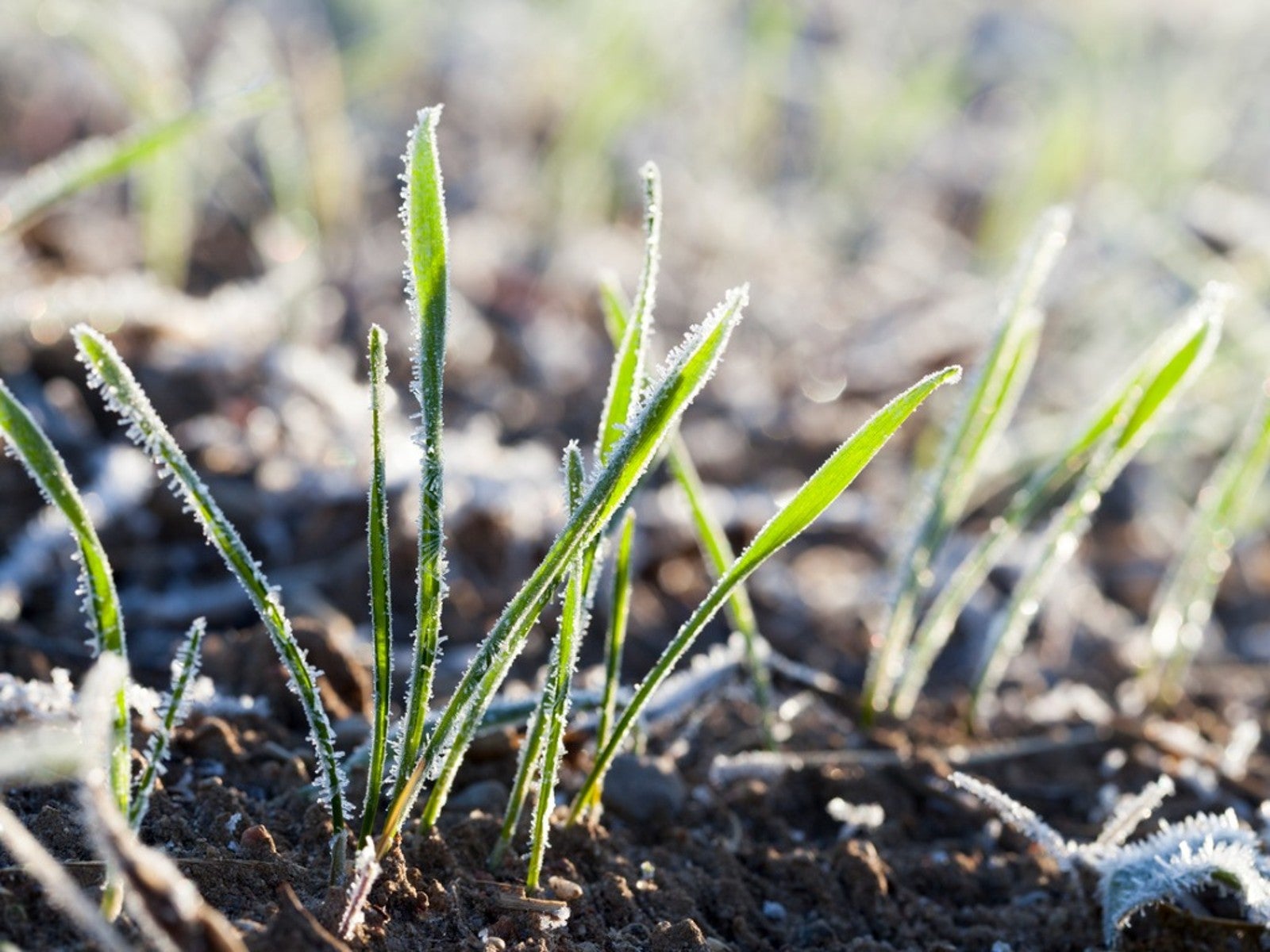 Will Frost Kill Grass Seed And How To Help New Turf Survive
Will Frost Kill Grass Seed And How To Help New Turf SurviveLearn how to help your newly sown grass survive frost and freezing weather.
By Amy Grant
-
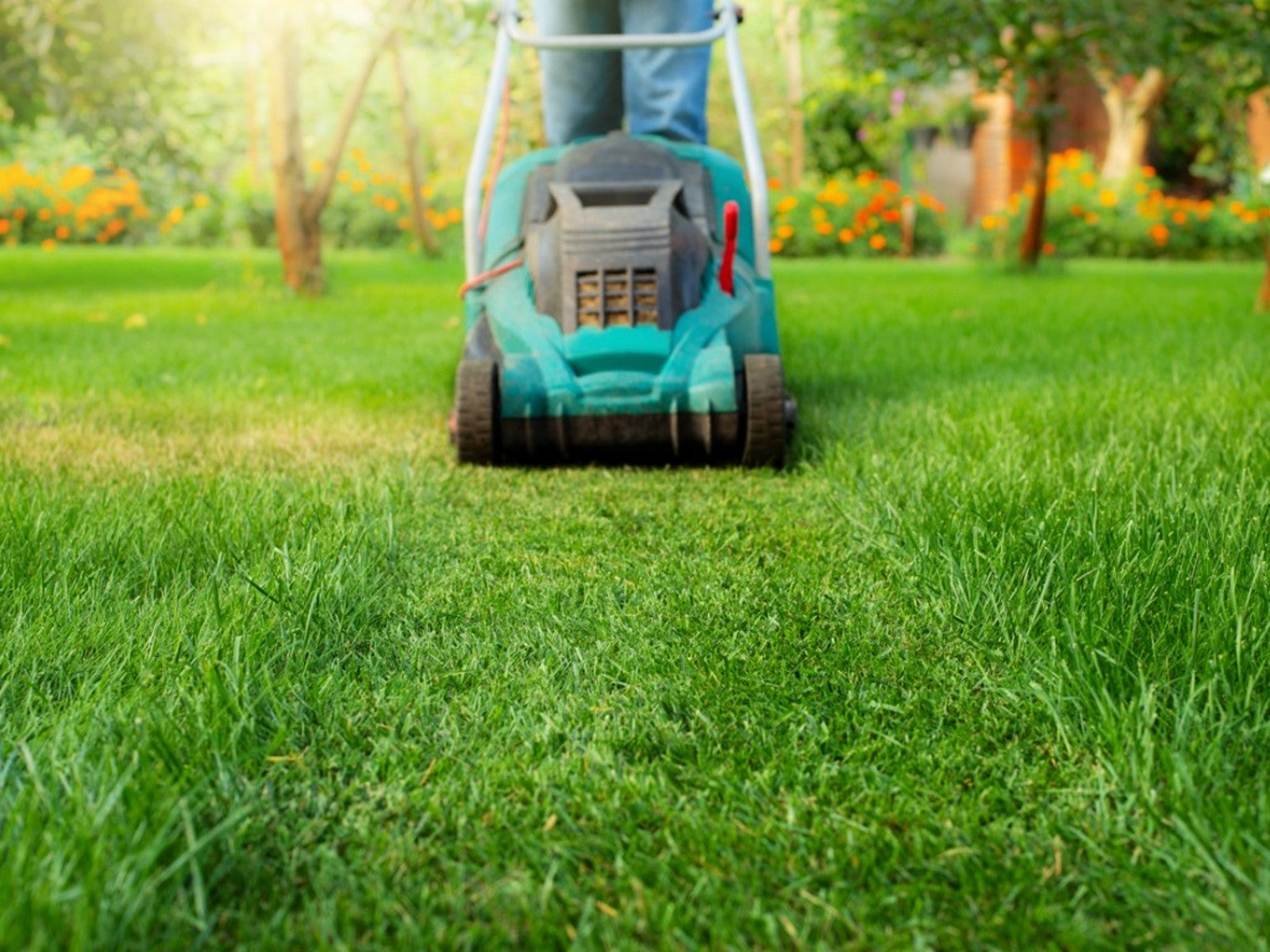 Lawn Problems That Aren’t Really Problems
Lawn Problems That Aren’t Really ProblemsYour lawn may not require as much work as you think. Learn which common problems aren’t really problems.
By Teo Spengler
-
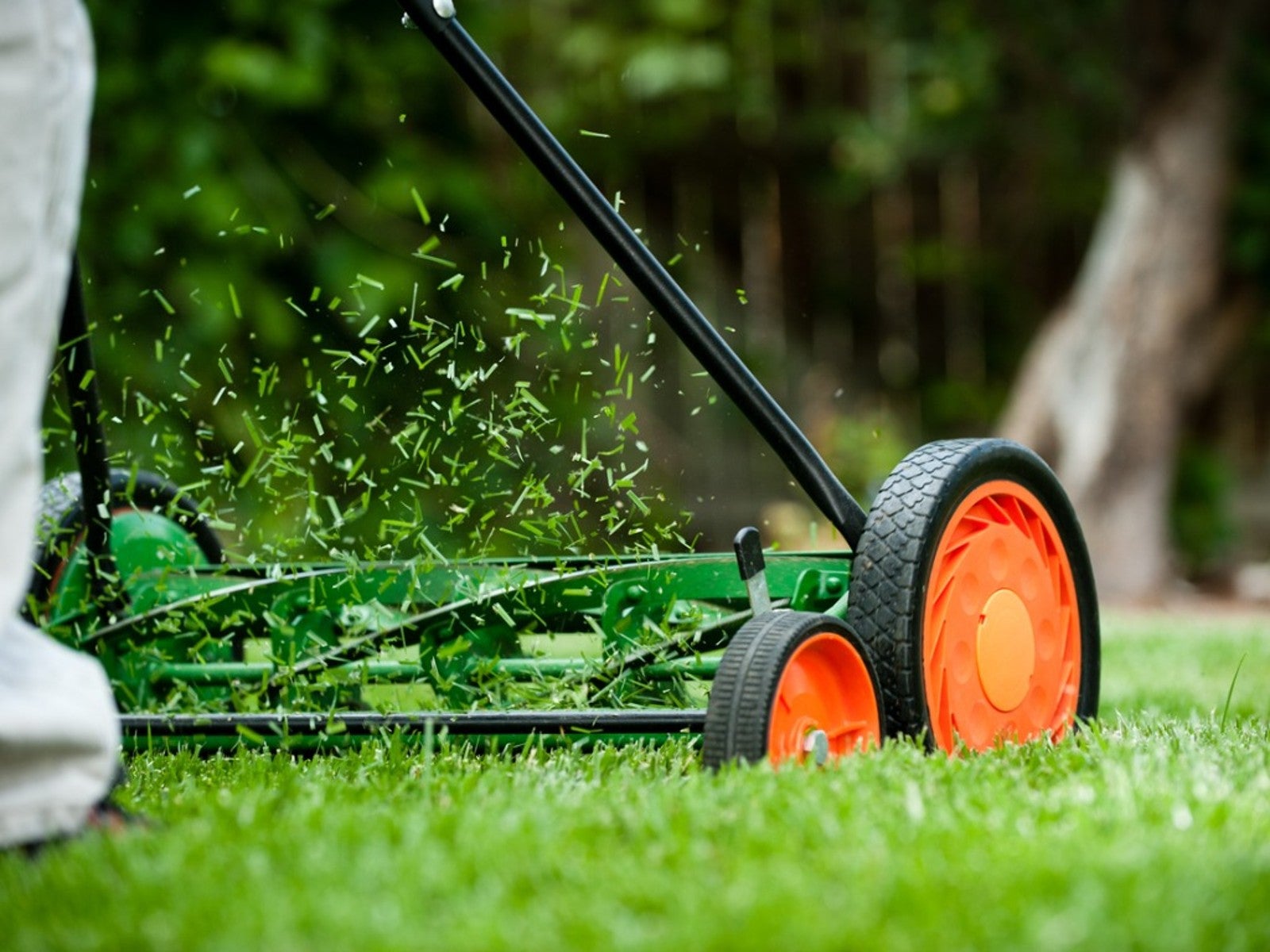 Why A Manual Push Mower Is Good For You And The Environment
Why A Manual Push Mower Is Good For You And The EnvironmentReel mowers are making a comeback, but why? Click here to learn about reel mower pros and cons.
By Amy Grant
-
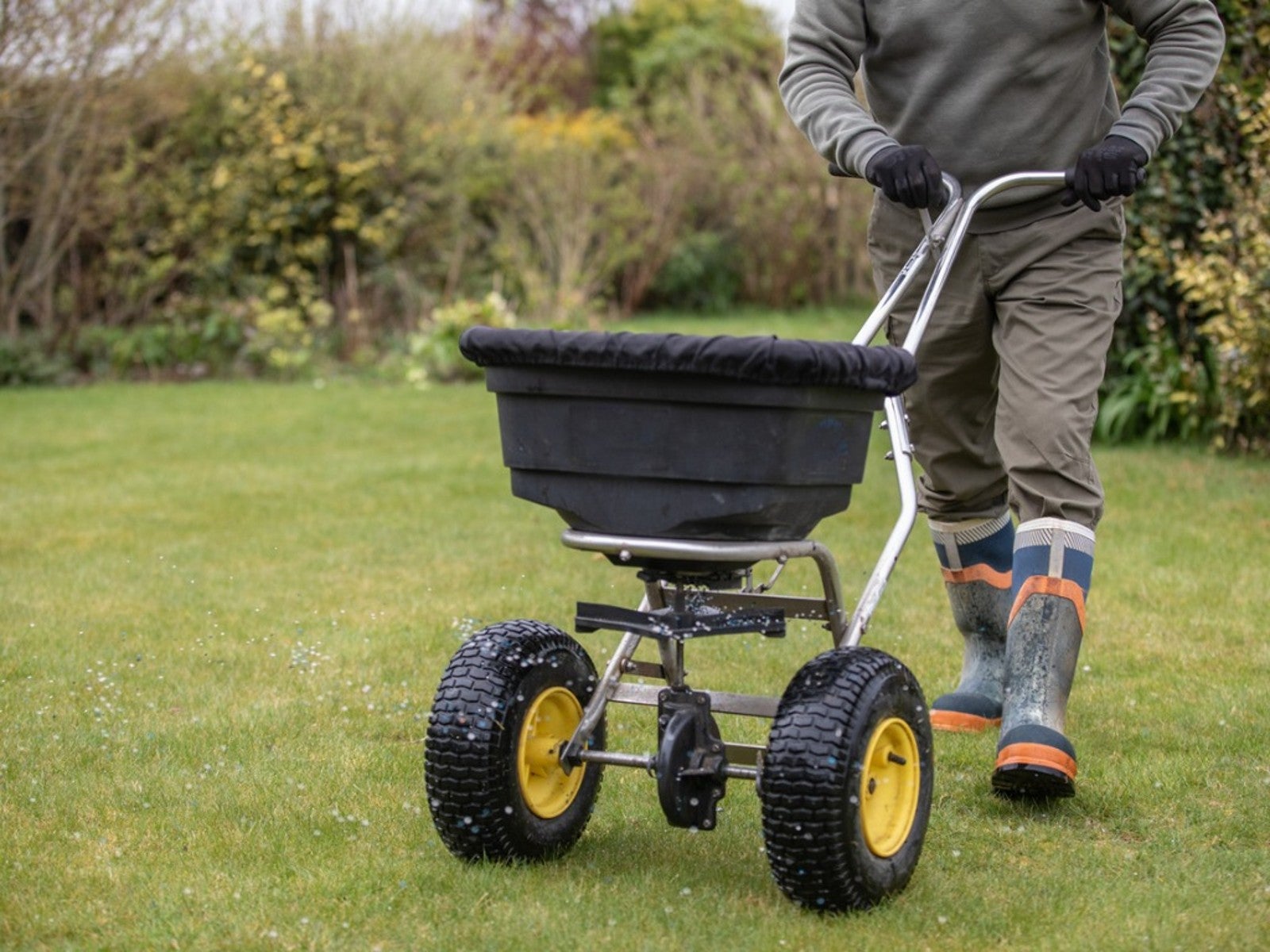 Fertilize Grass In Fall For A Lush Lawn In Spring
Fertilize Grass In Fall For A Lush Lawn In SpringFor everything you need to know about fertilizing your lawn in the fall, click here.
By Susan Albert
-
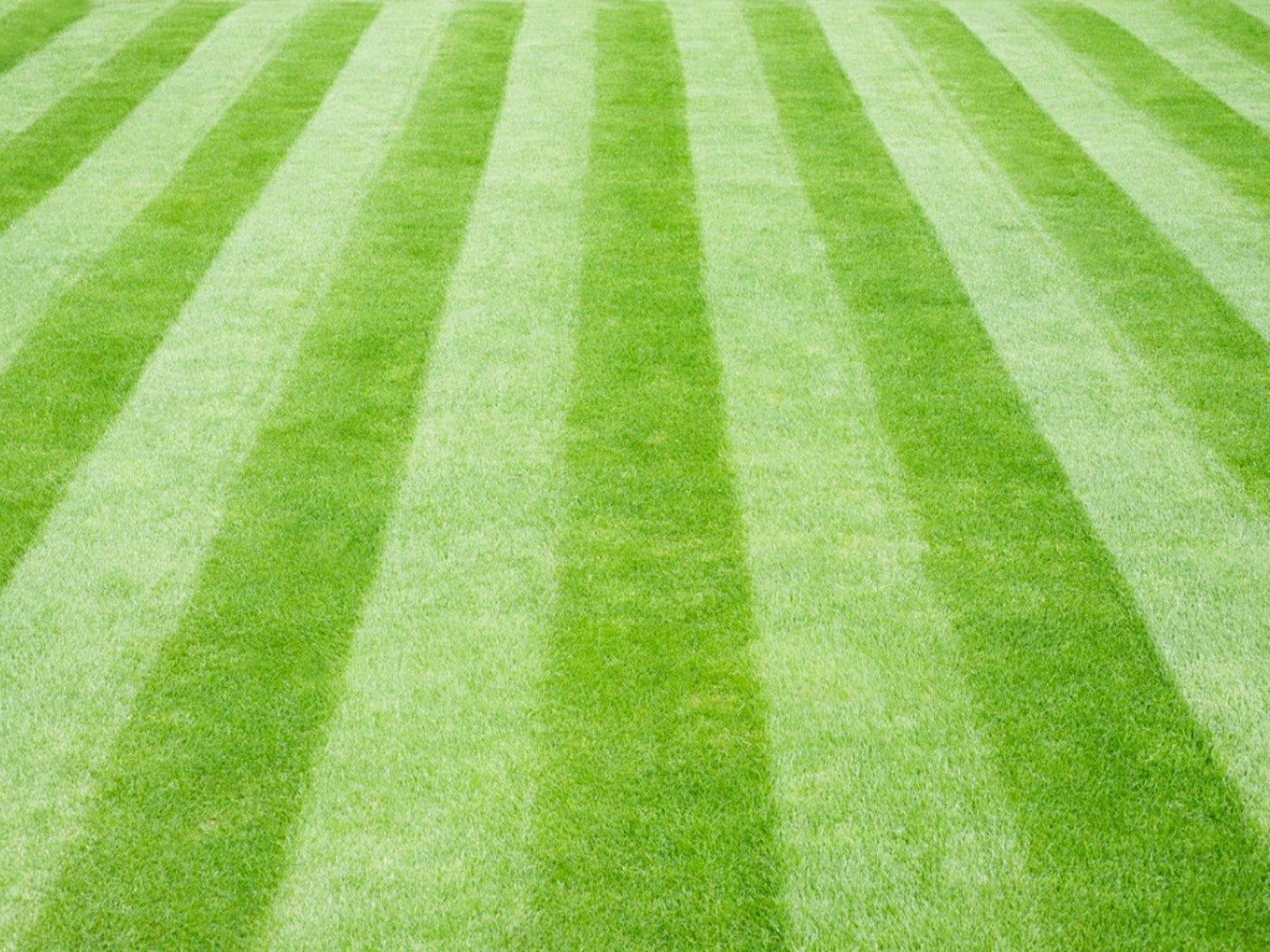 Tips For Mowing Stripes In Lawn
Tips For Mowing Stripes In LawnWouldn’t it be great to have stripes in your lawn like a sports field? Learn how here.
By Susan Albert
-
 Late Summer Lawn Care Checklist
Late Summer Lawn Care ChecklistPlan to do some late summer care and maintenance of your lawn so it will be healthy and beautiful in the spring. Here are some tips.
By Laura Miller